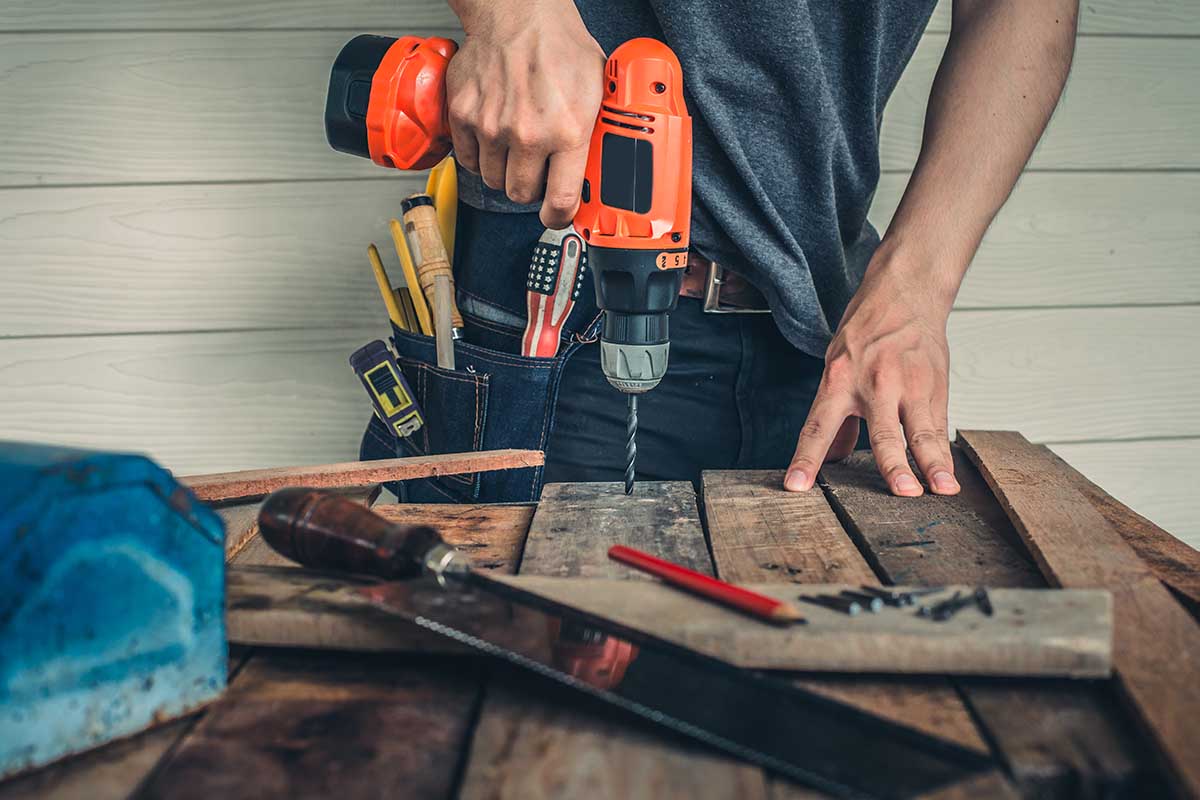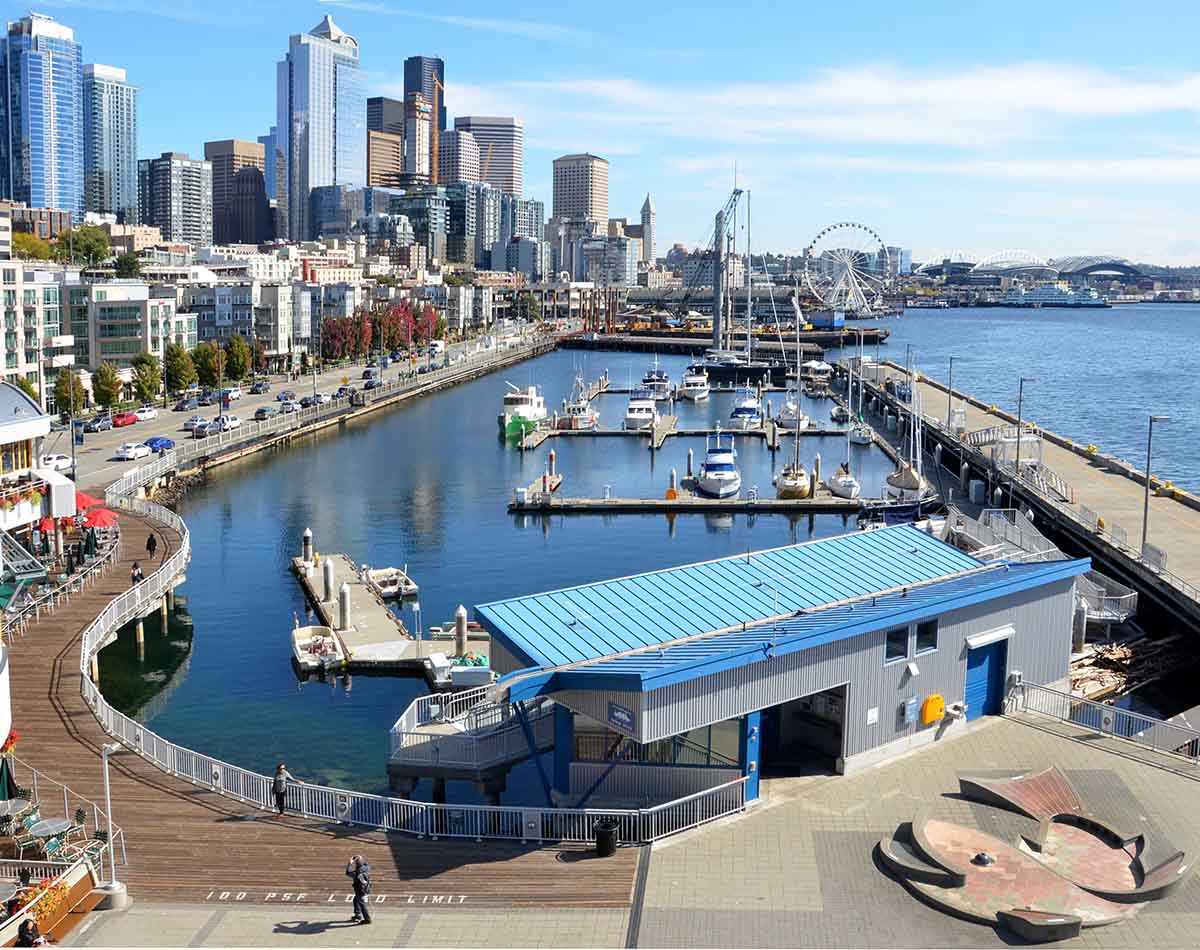Choosing the Perfect Heavy-Duty Slide: Load, Extension & Durability Explained
✨Key Points
- Load capacity determines everything. Choose a slide built to handle static, dynamic, and shock loads—always select a model rated higher than your maximum expected weight for safety and longevity.
- Extension type impacts accessibility and maintenance. Decide whether your setup needs partial, full, or over-extension to ensure equipment can be reached, serviced, and operated safely.
- Environment and mounting define durability. Industrial conditions (heat, chemicals, moisture) and installation direction influence the type of material, coating, and slide mechanism required for long-term performance.
Industrial equipment must do more than simply move — it has to carry high loads, stay precise under stress, and withstand nonstop use in demanding environments.
That’s why the slide system you choose isn’t just a component; it’s a critical structural decision that affects safety, reliability, and overall performance.
Whether you’re building automated machinery, industrial storage systems, heavy equipment drawers, aerospace components, or automotive assemblies, the right heavy-duty slide determines how smoothly the system operates and how long it lasts under repeated use.
High-quality heavy-duty slides provide:
Stable, controlled linear motion even at maximum load;
Reduced wear and vibration, protecting both the slide and surrounding components;
Higher load capacity ratings, ensuring safety during dynamic and shock loading;
Precision alignment, which is essential in robotics, manufacturing lines, and CNC machinery;
Resistance to corrosion, dust, heat, and chemicals, depending on the environment.
These aren’t simply “mechanical parts.” Heavy-duty slides are the foundation of movement and stability in industrial applications. Choosing the wrong slide can lead to:
Premature wear and expensive breakdowns;
Load instability and safety hazards;
Inaccurate movement that disrupts precision;
Increased downtime due to repeated replacements;
Structural failures in high-load environments.
Making an informed decision up front — with the right load rating, extension type, mounting direction, material, and mechanism — ensures long-term reliability, higher productivity, and fewer maintenance costs.
A well-selected heavy-duty slide doesn’t just support movement… It supports your entire operation.
Tips for Selecting The Best Heavy-duty Slide for Your Industrial Application
The incorrect type may cause an early wear, safety, or expensive breakdown.
As established above, you need to choose the right heavy-duty slide.
Below are some tips for you to choose telescopic guides for heavy loads.
Determine your load needs
The initial one is to identify the amount of weight that the slide will be required to hold.
The heavy-duty slides are capable of supporting loads of tens to thousands of kilograms, based on the model.
Always consider:
- At rest (when the load is zero;)
- Dynamic load (when extended or in motion;)
- Shock load (sudden force, typical in industry;)
Select a slide whose rating is higher than your best guess of the load, and be on the safe side.
Decide on the extension
Heavy-duty slides come in:
- Partial extension
- Full extension
- Slider over-extension (go past 100)
The question you want to decide is which of the drawers, the platform, or the equipment should be accessible.
In the case of heavy machinery where maintenance is needed, complete or over-extension is more suitable.
Consider the mounting direction
Slides are different in the manner in which they are installed. Options include:
- Horizontal installation of typical slide-outs.
- Vertical lifting or suspended mounting.
- Depending on the structure, it is side-mount or under-mount.
Both types of orientations influence load capacity and stability, so consider carefully the slides that are designed to suit your installation type.
Analyze the business environment
The conditions of industrial settings are very diverse, such as temperature extremes, chemical or moisture exposures. Slides prepared with: in harsh conditions of choice.
- Corrosion-resistant stainless steel.
- High durability steel hardened.
- Wear-resistant special coatings.
Matches are very important in ensuring smooth performance.
Select the appropriate slide mechanism
The heavy-duty slides can be of various mechanisms, which include:
- Smooth, quiet operation, ball-bearing slides.
- High shock resistance roller-bearing slides.
- Long travel distance telescopic slides.
- Linear rails are used to achieve accuracy and low friction.
Select a mechanism to meet the requirements of your usage.
Exact machinery requires other slides compared to the hardy industrial drawers.
Conclusion
Choosing the correct heavy-duty slide begins with determining the load, extension requirements, environment, and design requirements of your equipment.
With consideration of these factors, you can be sure that the working process will take place without any disruptions and will cost considerably less in the end.
Finally, contact a manufacturer of industrial telescopic slides and linear guide rails to get the one suitable for your applications.




















